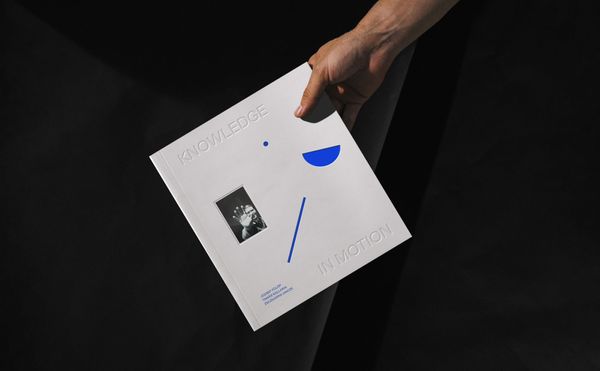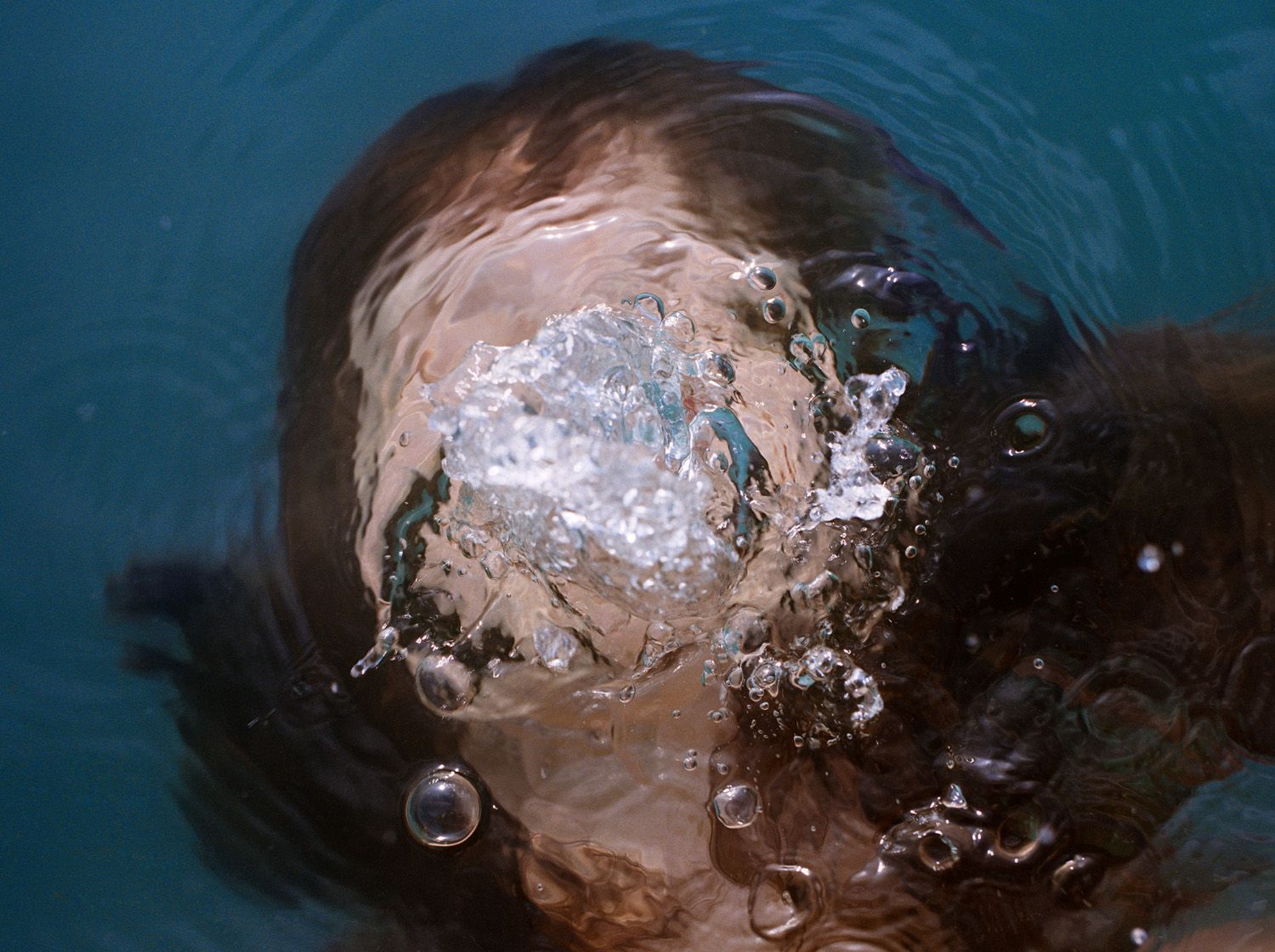The first solo institutional exhibition of photographer Zoltán Tombor is a professional summary of the past years and a farewell: a solemn letting go of life situations and eras through captured moments. An interview with the artist.
In the exhibition titled “Fényterápia” (Light Therapy—free translation), alongside Zoltán’s most famous editorial works, a new, autonomous artistic direction emerges, which reflects on the confinement of the recent period. The two directions are not sharply separated, but enter into a dialogue and complement each other. Among other things, we talked about homecoming, pandemics, the exhibition itself, and new creative directions.
The exhibition is on display at the Mai Manó Ház until 3 October 2021.
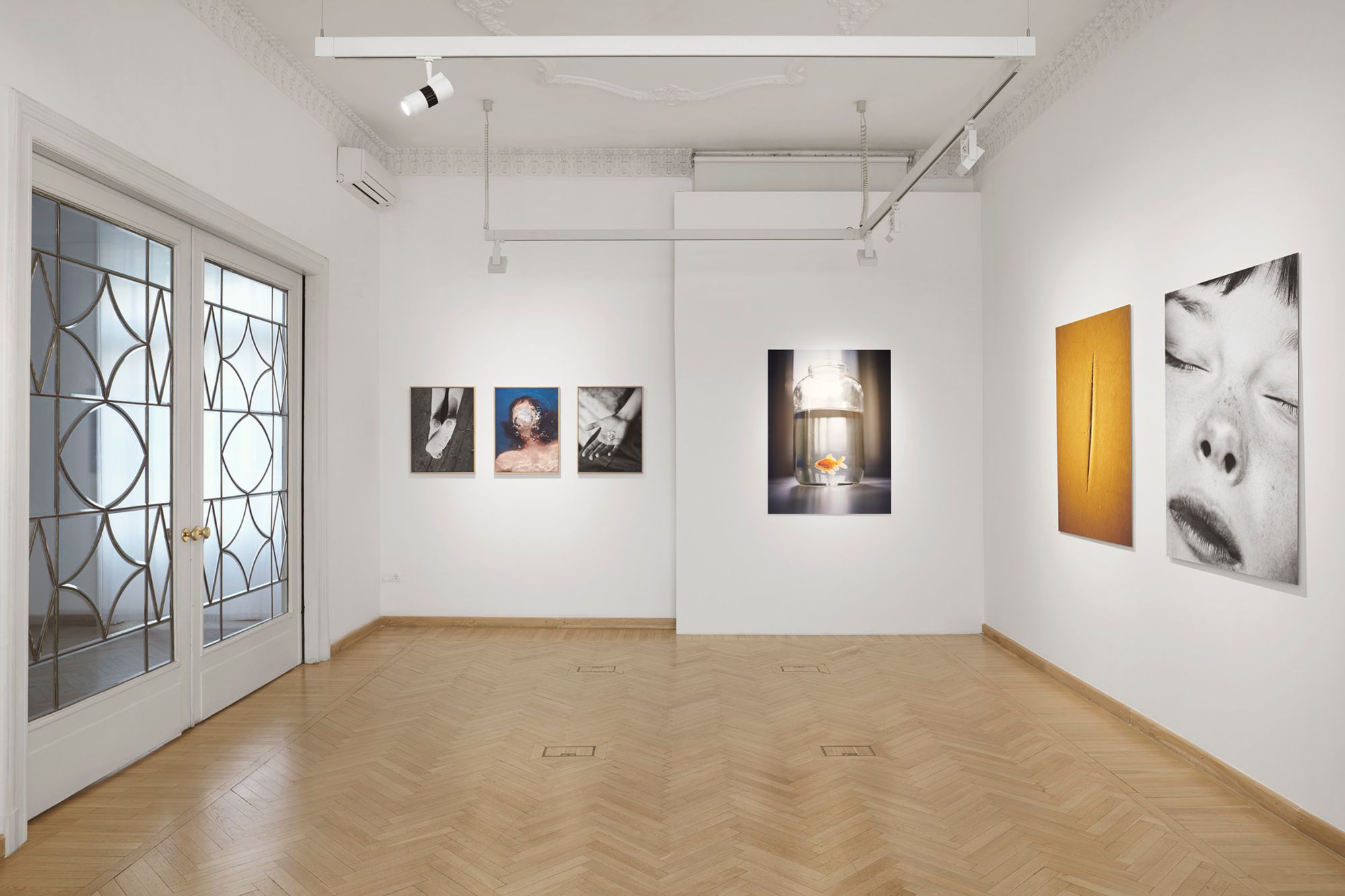
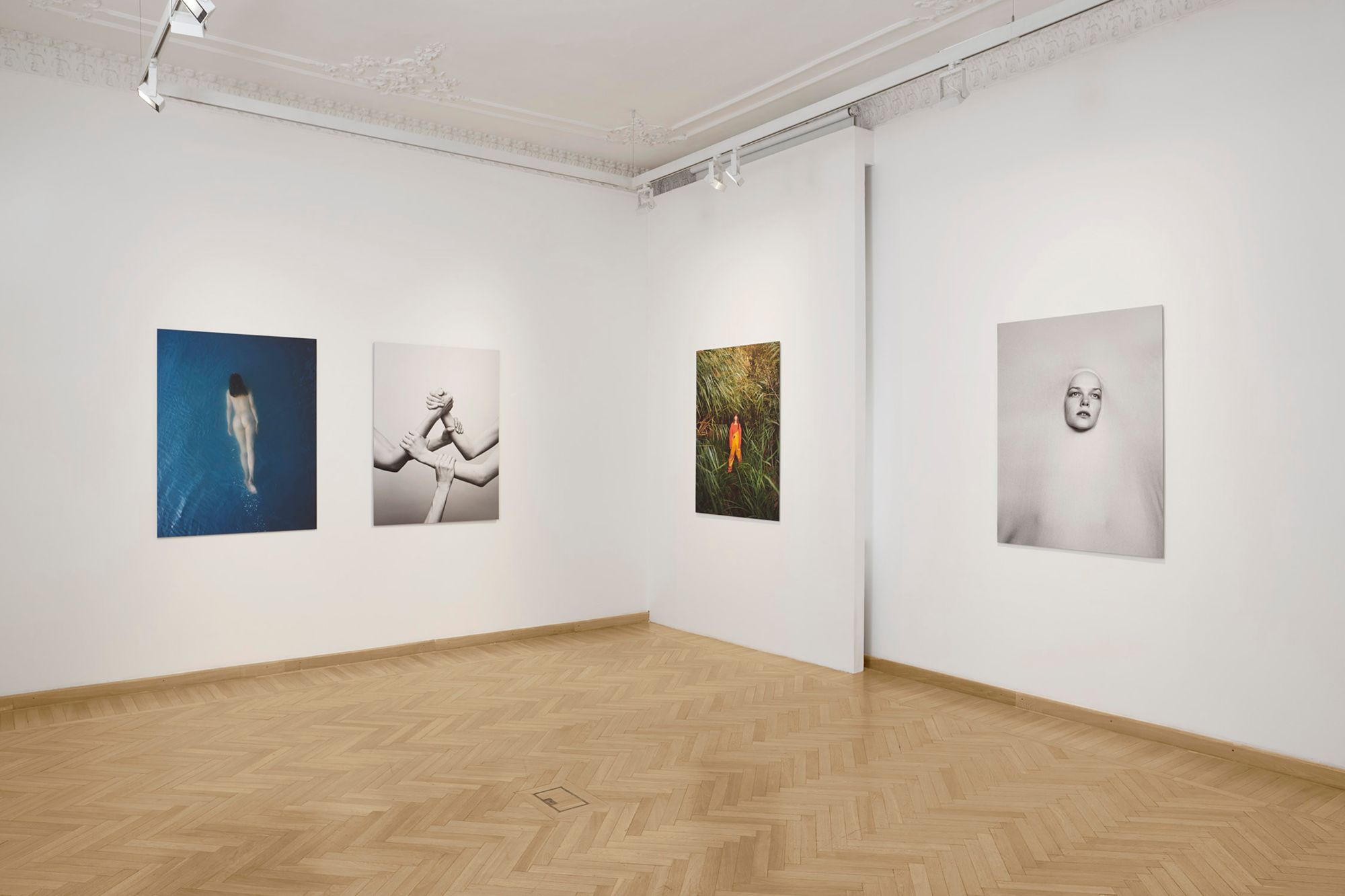
After a long period abroad, you moved home two years ago. What new impulses has the change (back) of environment given you since then?
After seventeen years, we moved home from overseas: I see our country differently now than in 2003 when I pulled up stakes. My successes abroad are obviously more glamorous to those who have never tried their luck in a foreign country, who don’t know how much sacrifice and investment goes into building a career abroad. Those who live at home don’t know what a blessing it is to be able to speak your mother tongue and to do so with people of a mentality with whom you share roots, with whom you grew up. Budapest is a wonderful city, full of my own stories, my own memories that have shaped the kind of person I have become. I also love that everything here is on a human scale, perceptible and understandable, not the American model. One of the main reasons we moved back home was to slow down the pace, have more time for each other and our family, and to spend less time sitting on planes, exhausted, again under the pretext of fulfilling some unmissable assignment.
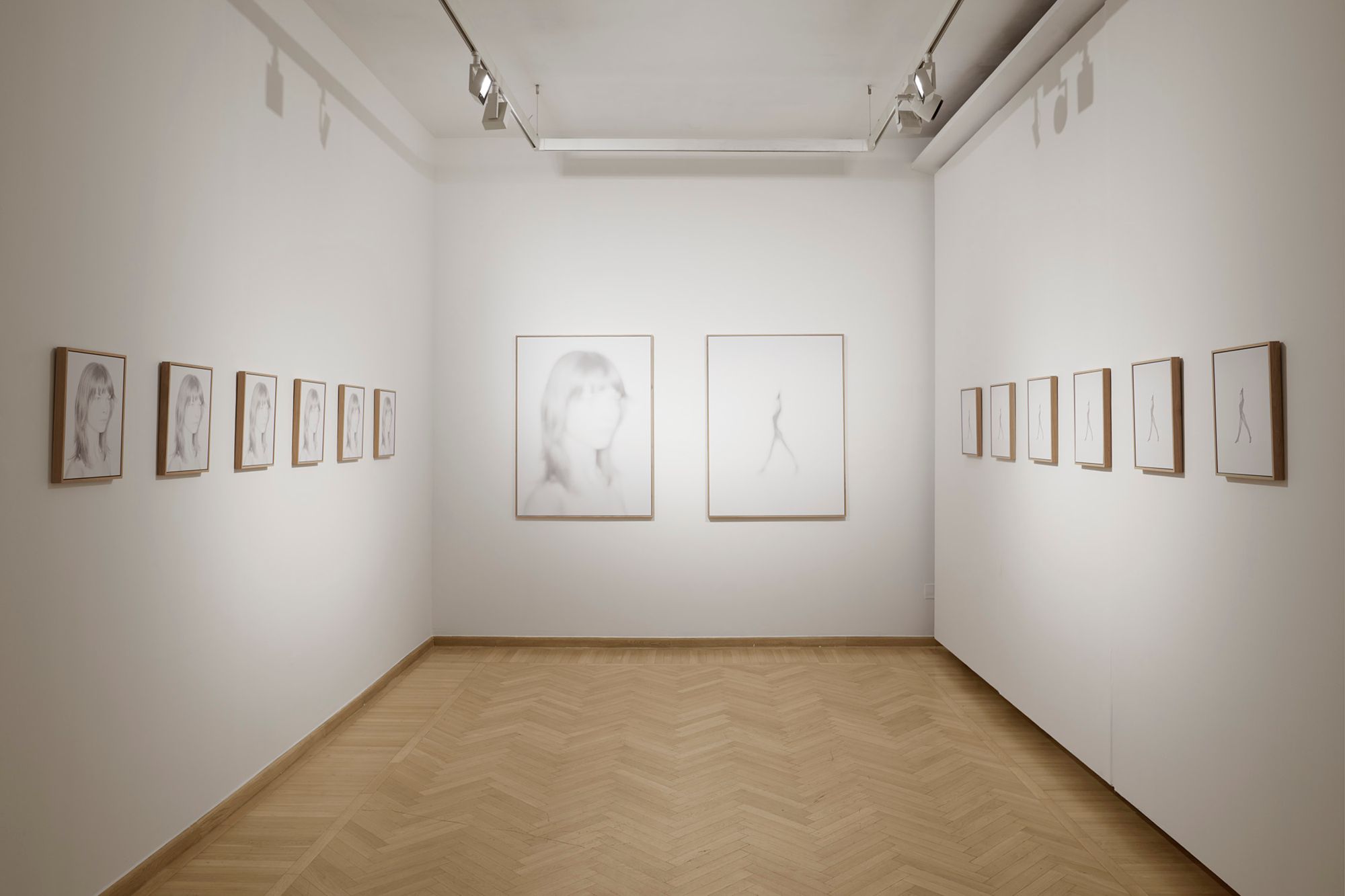
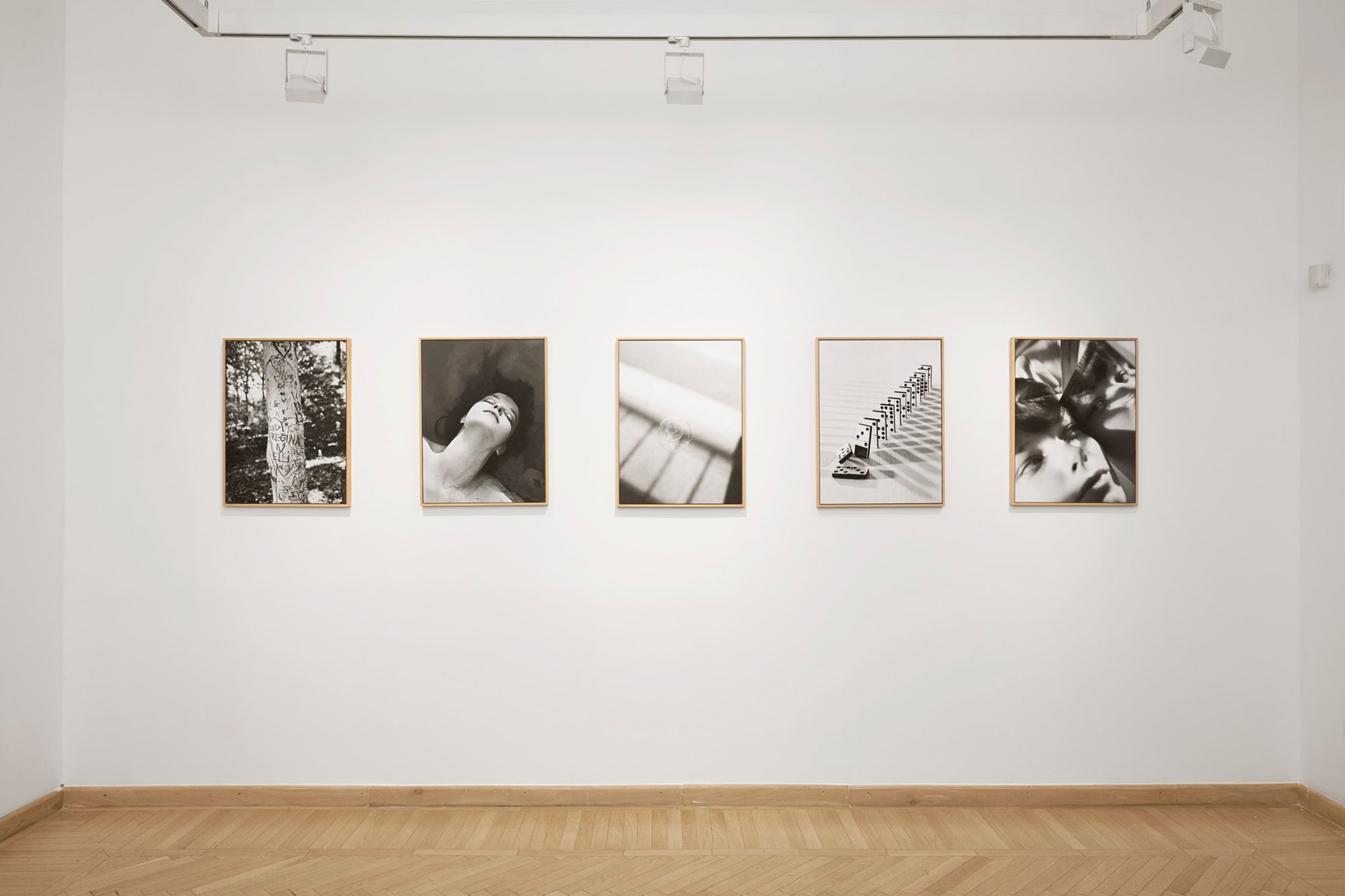
You have won numerous international awards and been featured in numerous publications. What was it like to see your first institutional exhibition in Hungary in its entirety at the Mai Manó Ház?
I am very honored that the House of Hungarian Photographers offered me the opportunity to exhibit a wider selection of my editorial work in addition to my new autonomous series, Fényterápia. It’s instructive to see so many of my photographs together in one space, especially because each one of them represents a personal and precious experience from the past. It also feels solemn at the same time, because something seems to be coming to a close, to be passing away, while something deeper and truer is being born.
The first floor of the exhibition was inspired by the year 2020. As an artist, what has the previous period been like for you?
Over the past year, isolation, melancholy and a changed relationship with time have been my most dominant emotions, which have evolved over time into a sense of unity, acceptance of a much bigger and stronger factor than us, and the idea of re-planning. It was along these shifting feelings that Fényterápia was born, where I once again called upon my camera to explore and interpret a hitherto unknown condition. My perception of the perpendicular line drawn by the pandemic on the numerical line of time is as if there had been a war: there is before and after. Yet my life two years ago, which often seemed chaotic, now seems a happy period of peace. It’s gone, it’s changed and it will never be the same again.
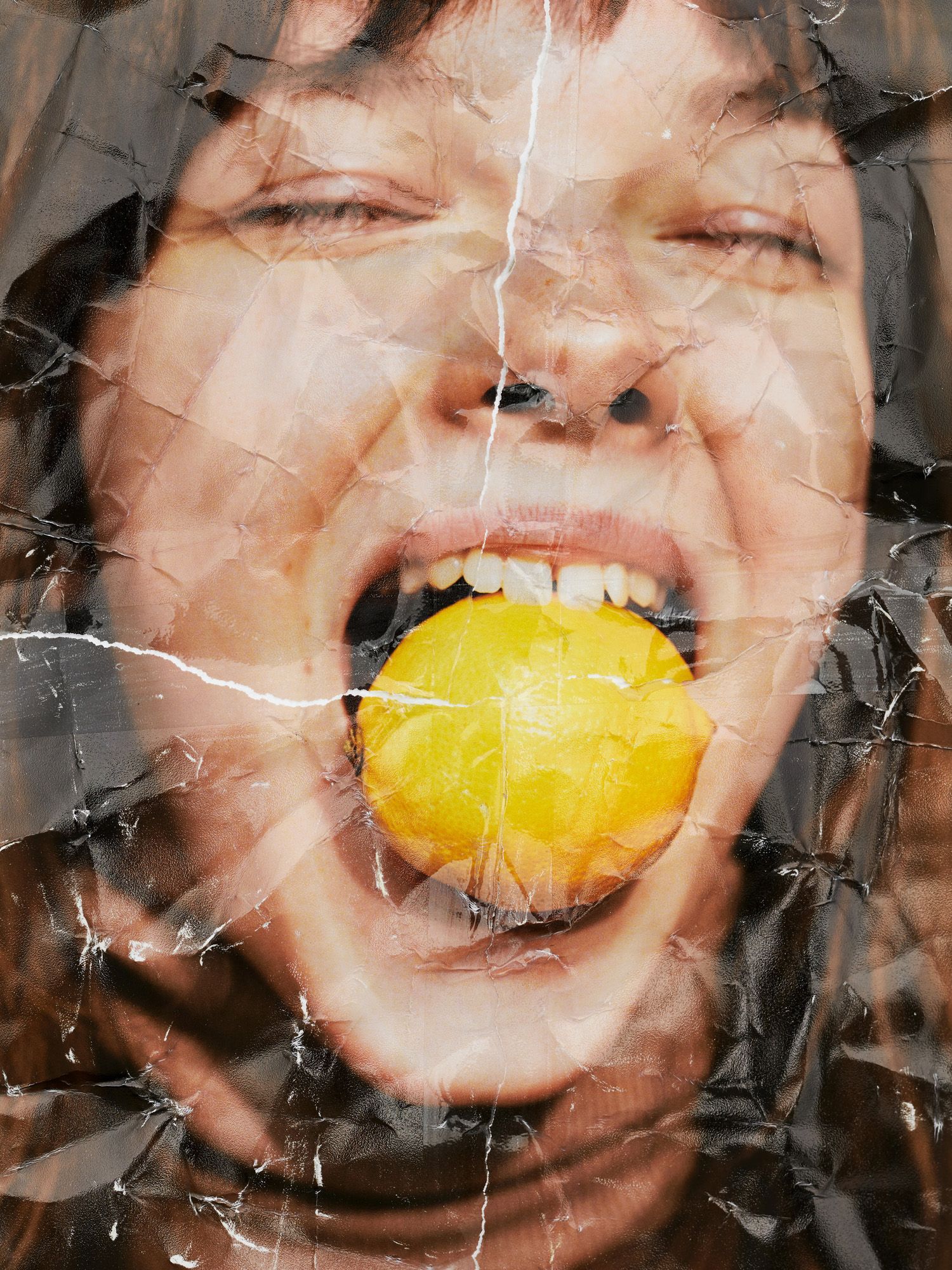
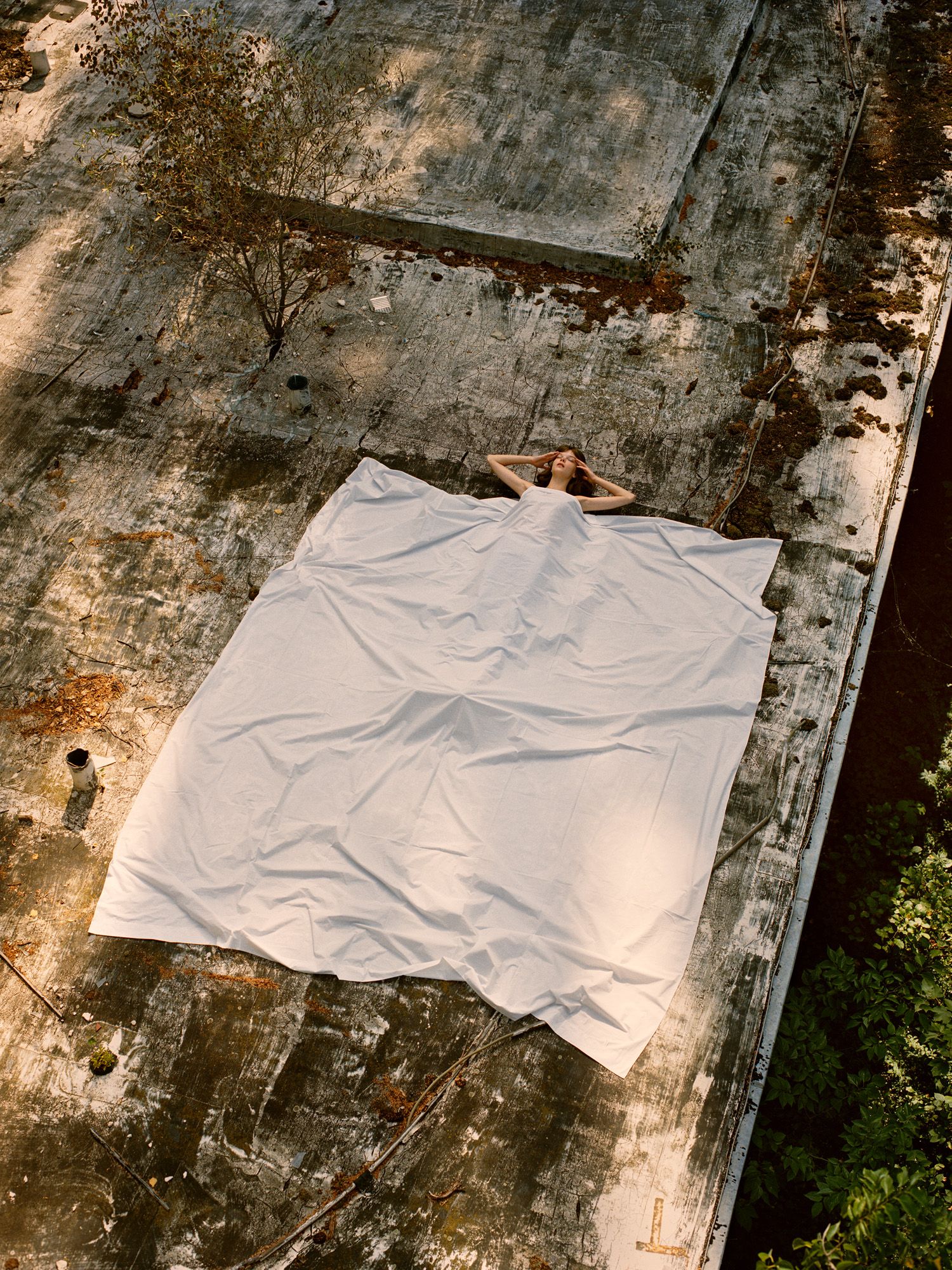
The second floor of the exhibition features a number of your iconic photographs of portraits. What is your secret recipe for intimate photographs that capture the personality of the people involved?
Portrait photography is a special emotional field, which, according to the philosopher Roland Barthes, can be divided into four main domains. The persons in front of the lens convey both: the way they think they are and the way they want to present themself. There is also the way in which I, the photographer, see them, and perhaps most importantly, what my aim with the picture is, how I want the subject of the portrait to appear. Out of the proportions and the mixture of these four emotions and intentions, something evolves that each viewer sees and judges a little differently. I think a good portrait is more about the person who makes it than the person the photograph depicts.

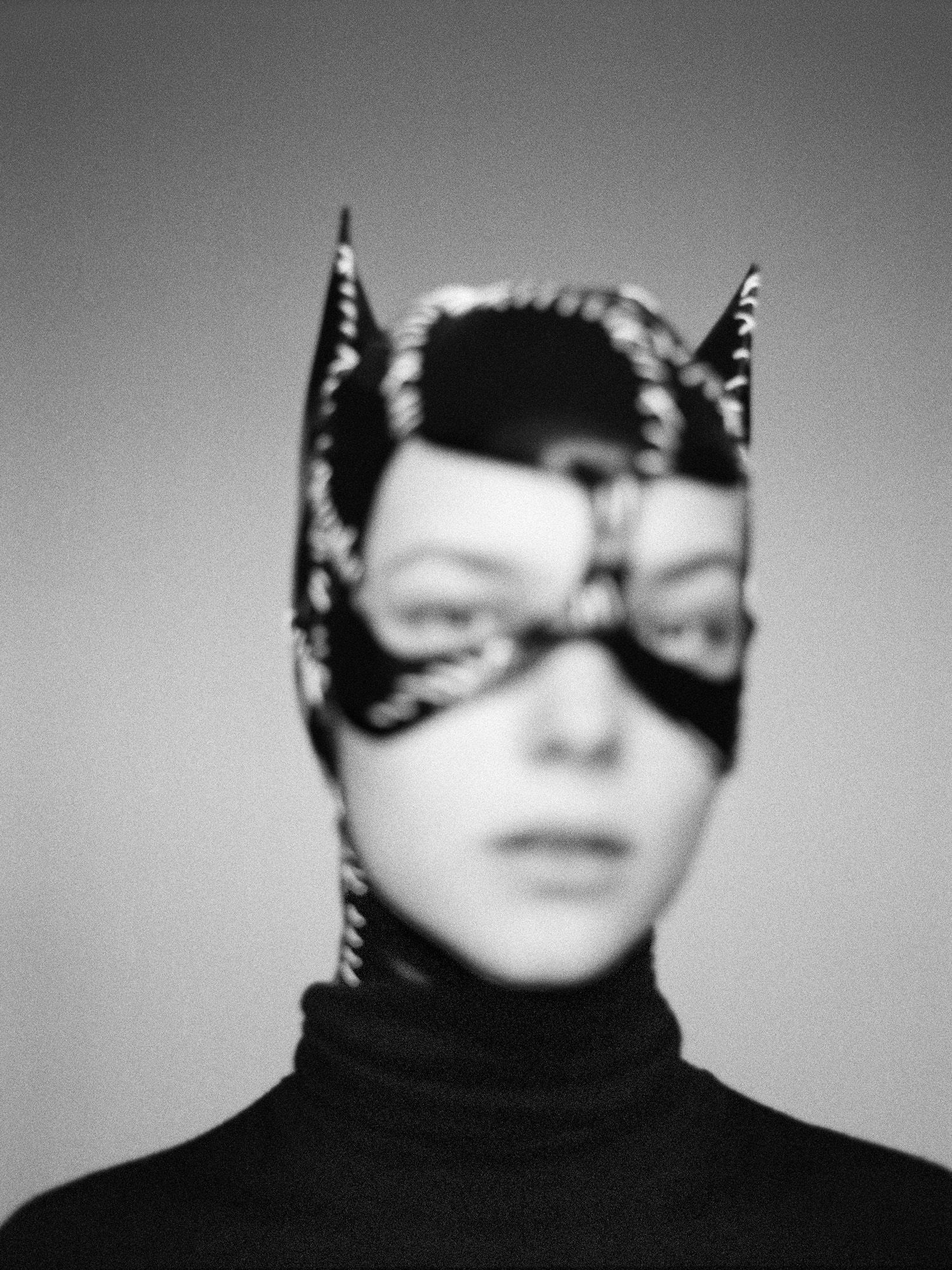
At the opening of the exhibition, art historian András Iván Bojár described the exhibition as a dialogue between two artistic selves of Zoltán Tombor: one in his prime, often proven and precise beyond professionalism, and the other in transition, speaking with a subjective voice and an independent visual language. How do you see the relationship between your two creative selves, and to what extent do you see the two as separable?
For me, it’s all about who is taking the photo and for what purpose. There is no point in separating the creative and the practical work in the case of a photographer’s oeuvre since they are inextricably linked through the person of the author. A good photograph is generally recognizable regardless of its genre. From the powerful portraits of Robert Capa, known to the world as a war correspondent, to the work of contemporary photographer Juergen Teller, often described as fashion and commercial celebrity photography, and yet his pictures are in the world’s leading museum and private collections. It is clear that fashion and fine art are for different audiences, and the creative process can be different when you are creating for commission or artistic purposes. The international trend clearly demonstrates that the two are in constant symbiosis and need each other. Painting and contemporary photography also borrow fashion clichés, as several major fashion houses employ artists for their campaigns and collections. In my case, success has come from fashion photography and portraiture, but it is misleading to claim this as a presage. My attention is now focused on a quieter and perhaps more deliberate creation, unchanged in terms of its standard, which I hope will appeal to a new audience.
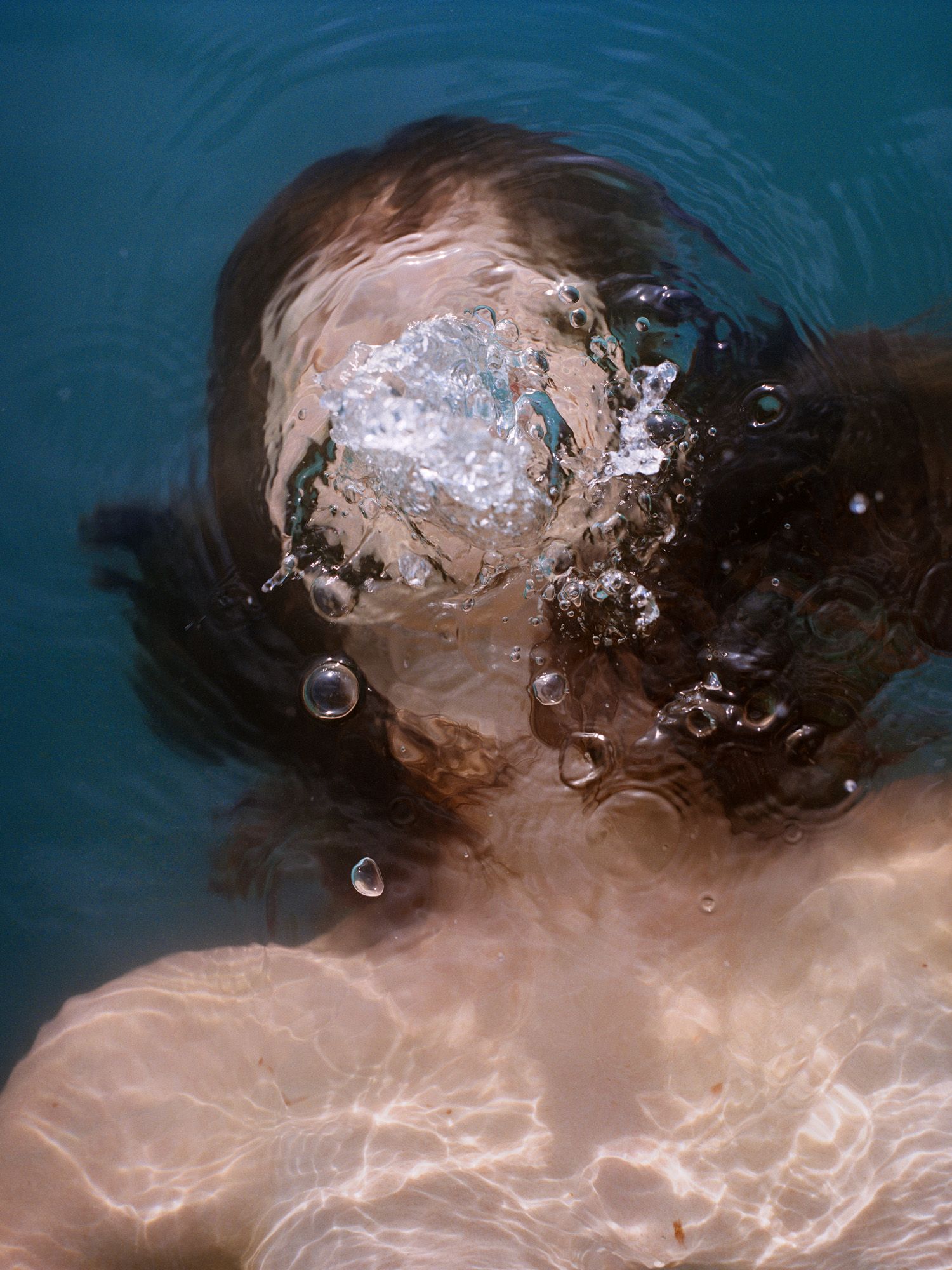
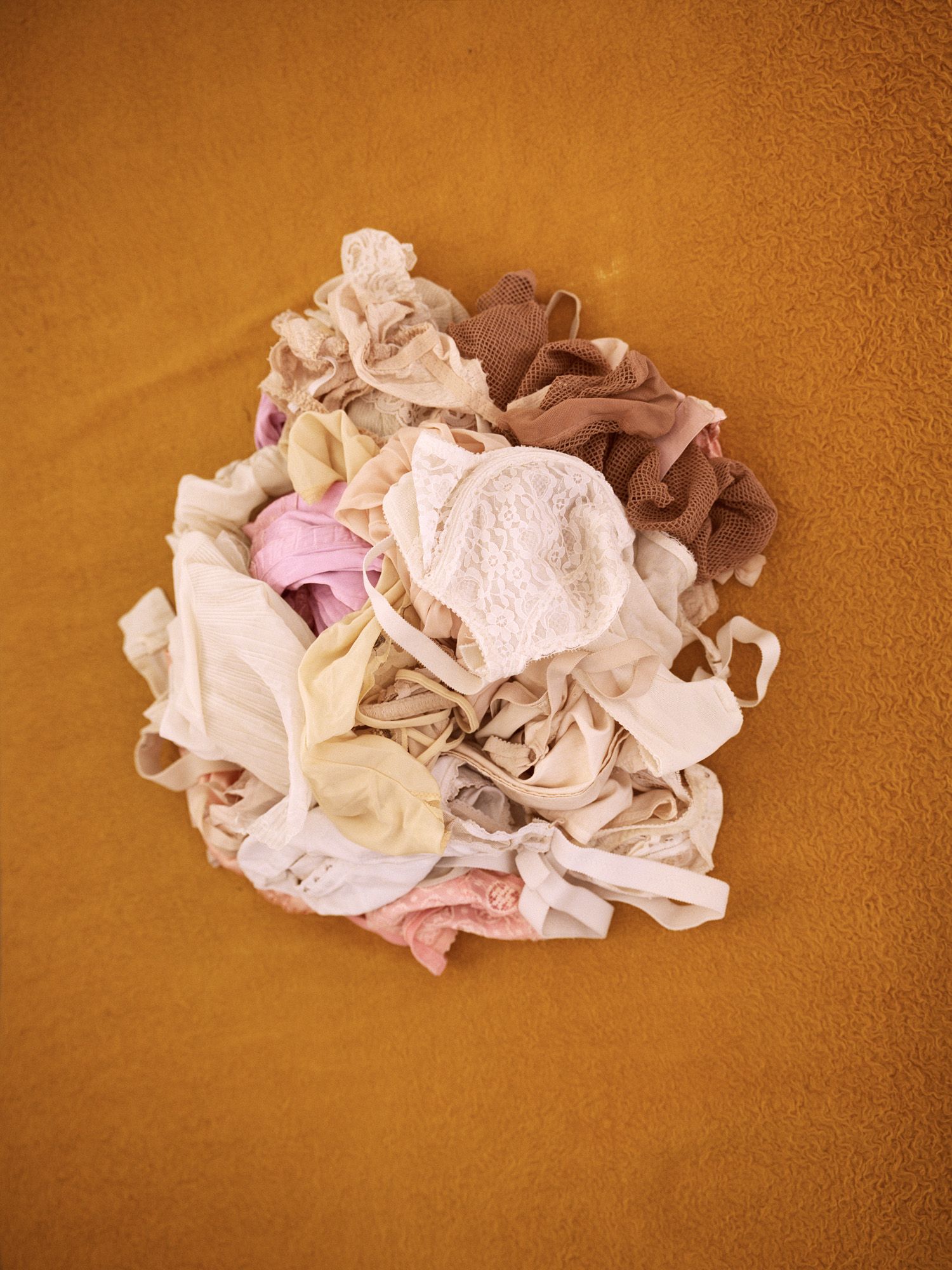
What interests you most in photography now, after the period of confinement?
Our baby girl was born just four weeks ago, and I started photographing the loving anticipation of finally having a baby with Nelli last fall. Then, at the end of November, Lujza Tombor decided we were going to be her parents and she started growing in her mother’s tummy. For nine months, I photographed the two girls I love most in the world, and then at the end, I photographed Nelli giving birth to my daughter. I have many more pictures in my head that I would like to take of them, but I will definitely show some of the series to the public one day.
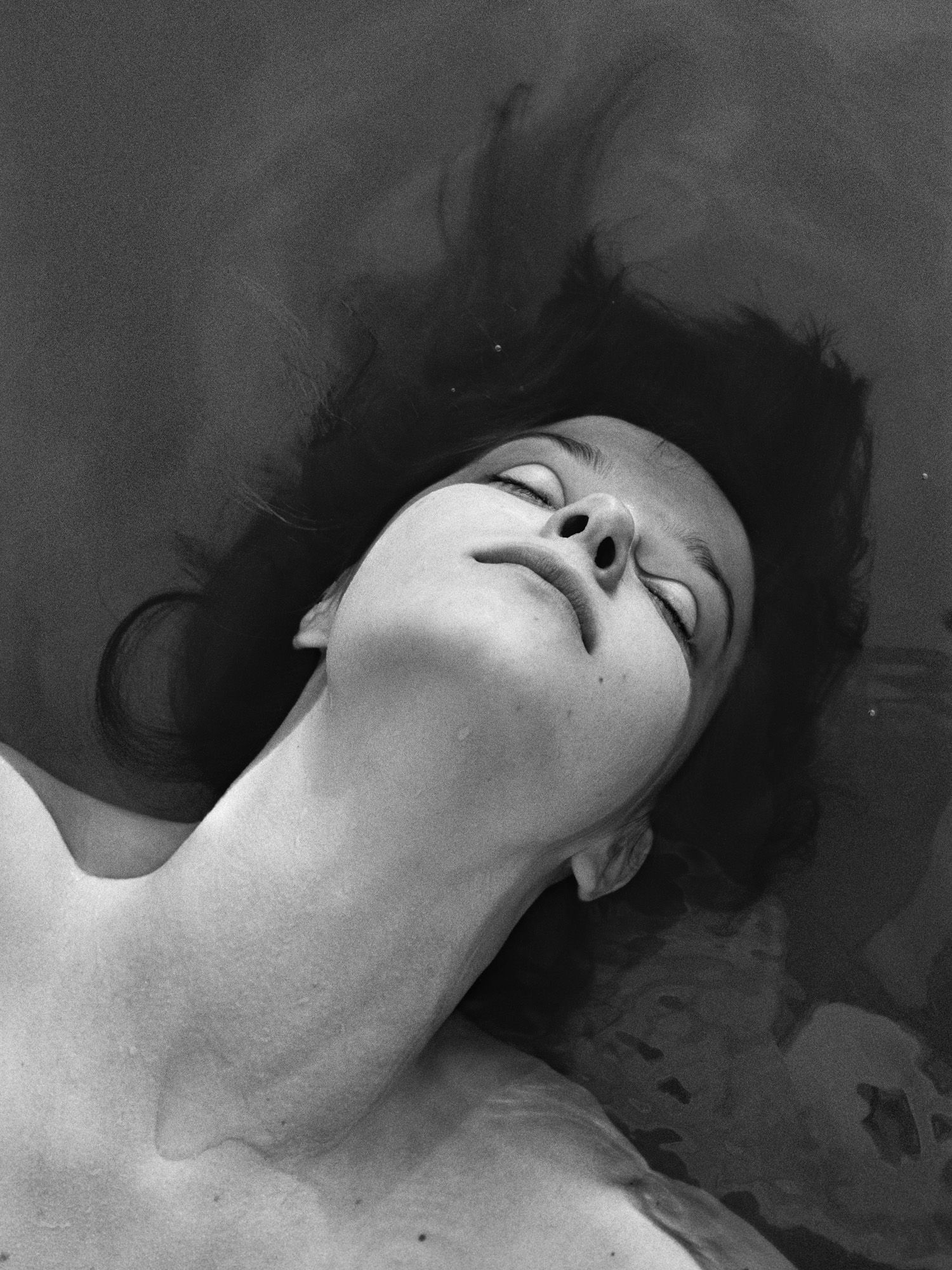
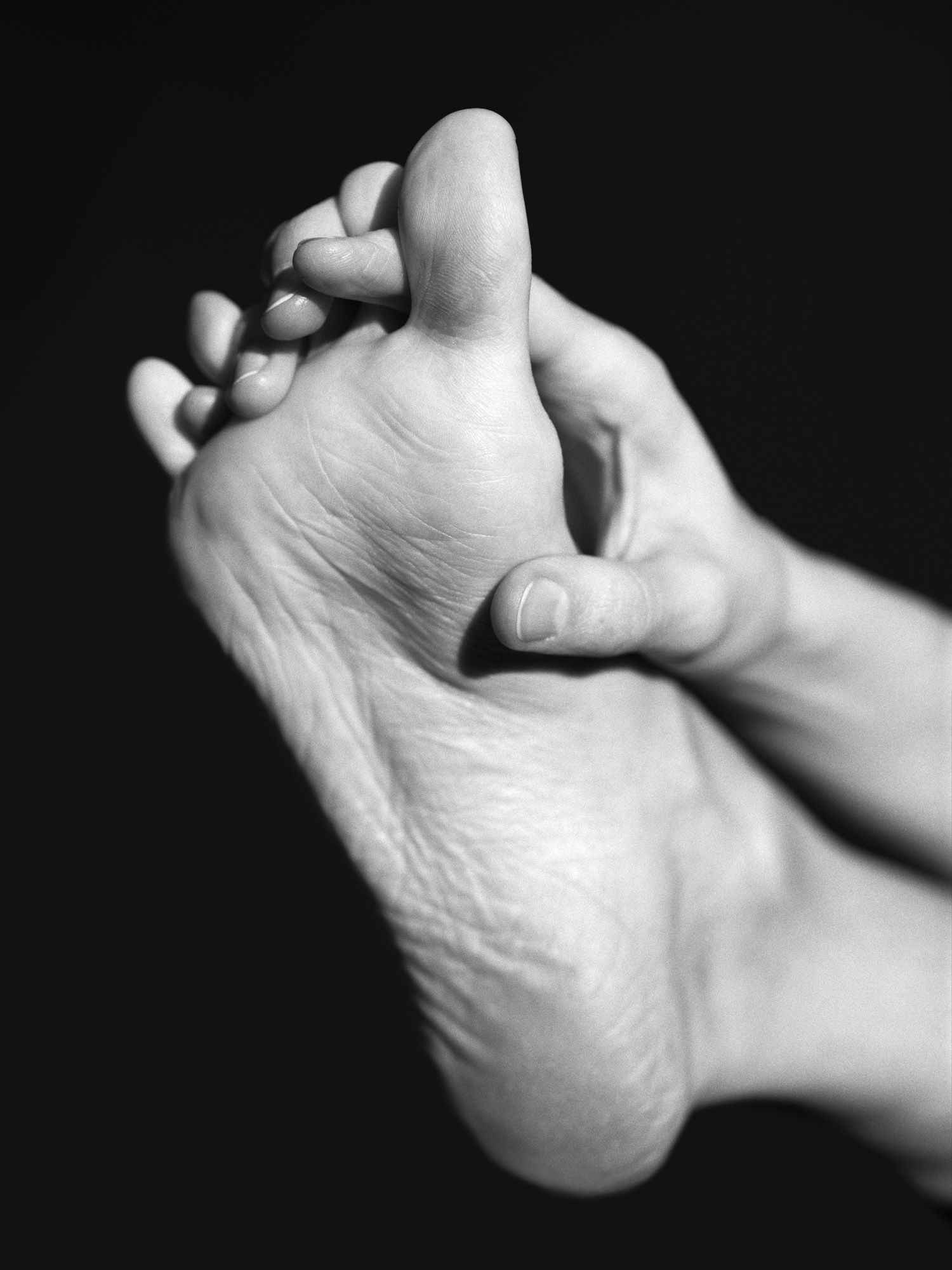

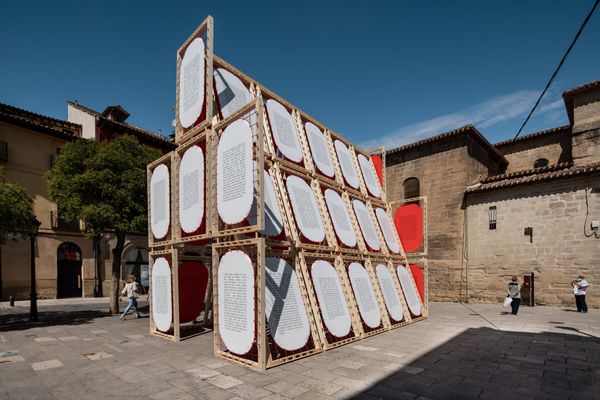
Our region’s designers also debuted at the most important Spanish architecture festival

Design shops in Eastern Europe | TOP 5
